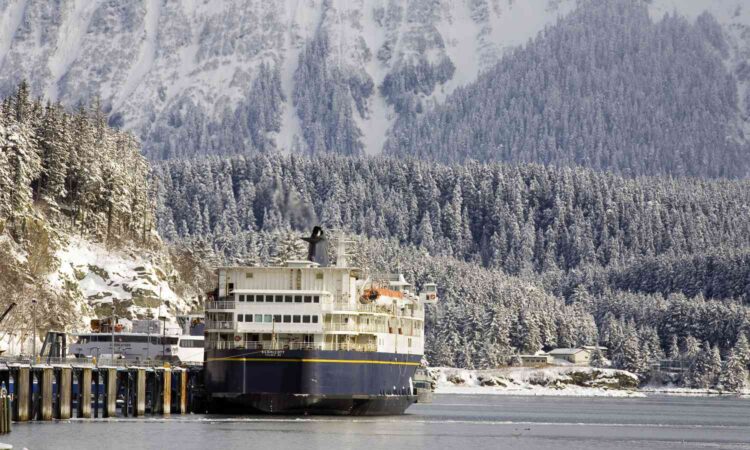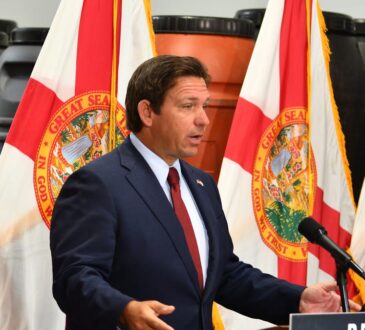
The real estate industry may see some large land deals these days, from the $450 million Witanhurst mansion in London to the $2 billion Antilla building in Mumbai, but these pale in comparison to some historical land deals.
Three of the largest land deals were parts of the history of North and South America, particularly that of the United States. These were the Alaskan Purchase in 1867, the Louisiana Purchase in 1803, and the Treaty of Tordesillas in 1494.
Key Takeaways
- Russia’s sale of Alaska in 1867 is one of the biggest land deals in history, giving the U.S. 375 million more acres and a huge domestic source of oil.
- The 1803 Louisiana Purchase from France proved to be transformational for the United States, as it gave the young country 13 new states and 512 million additional acres.
- The 1494 Treaty of Tordesillas split the lands outside Europe between Spain and Portugal, then the world’s biggest superpowers.
- Spain got the better deal, gaining control of much of modern-day Latin America.
Investopedia / Sabrina Jiang
The Alaskan Purchase
The U.S. purchase of Alaska from Russia in 1867 is considered to be one of the largest land deals in history. Fearing another war with Britain after the Crimean War, Russia rushed to sell Alaska to the United States for just $7.2 million, or about two cents per acre, to prevent nearby British Columbia from taking over the territory. This deal was also intended to bolster Russia’s struggling finances.
Today, Alaska is worth much more than that, even accounting for inflation. The state encompasses 586,412 square miles, or more than 375 million acres. Even at a cost of just $100 per acre, that would equate to more than $37 billion. As an additional benefit, the state of Alaska produces hundreds of thousands of barrels of oil each year.
The Louisiana Purchase
The Louisiana Purchase from France in 1803 is another U.S. acquisition that’s one of the largest recorded land deals in history. With a purchase price of just $15 million, the U.S. added some 13 states’ worth of territories at just under three cents per acre.
The Louisiana Purchase almost didn’t happen for a couple of reasons. First, President Thomas Jefferson was widely criticized for acting above and beyond his constitutional authority by authorizing the deal, especially given his strict interpretation of the Constitution. Second, many Federalists worried that the U.S. was funding a war against Spain by buying from Napoleon.
The Louisiana Purchase encompassed 827,000 square miles, which equates to approximately 512 million acres. With land costs today averaging between $1.480 and $4,420 per acre in the continental U.S. in 2021, the total value of the Louisiana Purchase is therefore likely to be near $2.2 trillion. This doesn’t take into account the benefits of an expanded country in geographical location, resources, labor, human capital, and more.
The Treaty of Tordesillas
Back in the 1400s and 1500s, Spain and Portugal were the world’s two largest superpowers carving up the world. The European arrival to the New World, led by Christopher Columbus in 1492, generated many disputes about who had rights to certain territories. In 1494, the two countries agreed to divide the world along a meridian 370 leagues west of the Cabo Verde islands.
Unfortunately, the New World turned out to move mostly west in direction and the deal turned out to be rather one-sided. Spain ended up colonizing the vast majority of South America except for present-day Brazil, where Portuguese is still spoken. After 1898, the treaty became somewhat obsolete as the two world superpowers grew less influential.
While the total value of this deal is impossible to calculate, the control Spain maintained over most of Latin America played an important role in history. The majority of the countries in the region asserted their independence in the early to mid-1800s. By the 1900s, some Latin American countries were participating in the World Wars as U.S. allies.
Who Was Involved In the Louisiana Purchase?
President Thomas Jefferson gave Robert R. Livingston and James Monroe the task of purchasing New Orleans and West Florida from France, expecting to offer up to $10 million. They negotiated with French Treasury Minister François Barbé-Marbois, and the United States ended up buying the entire Louisiana territory for $15 million.
What Was the Most Expensive Land Deal In History?
The most expensive recorded land deal was the purchase of a plot of land measuring 31,000 square feet in Hong Kong’s Central Business District, located at 2 Murray Road. The land was sold by the government of Hong Kong and purchased by Henderson Land Development, a local developer. It was purchased for HK$23.28 billion, which was equal at the time to over US$3 billion, or approximately US$96,896 per square foot.
What Was the Cheapest Land Deal in History?
The land bought by the United States was slightly cheaper in the Alaska Purchase than the it was in the Louisiana Purchase, at just under two cents per acre compared to just under three cents per acre.
The Bottom Line
Three of the largest recorded land deals were in North and South America. The first was in 1494, when the Treaty of Tordesillas divided up the New World between Spain and Portugal, putting the majority of South America under Spanish control.
Two other of the largest land deals were major parts of U.S. history. These were Russia’s sale of Alaska to the United States in 1867 for two cents per acre and France’s sale of the Louisana Purchase to the U.S. in 1803 for less than three cents per acre.
These three land deals shaped the growth and development of many countries in modern North and South America, and the cultural and economic impacts of them can be felt today.




